Transoral Dissector, 23.5cm
$ 27.00
Transoral Dissector, 23.5cm Curved
An excellent quality transoral dissector made with the highest quality of stainless steel, for durability and ease of sterilization. These Transoral Dissectors a specialized surgical tools used in oral, maxillofacial, and ENT procedures to access and manipulate tissues through the mouth. It is primarily used in minimally invasive surgeries such as tumour removal, tonsillectomies, and surgeries involving the base of the tongue or pharynx. The tool enables surgeons to carefully separate soft tissues without causing damage to surrounding structures.
1 in stock (can be backordered)
Transoral Dissector 23.5cm Curved
A Transoral Dissector is a specialized surgical instrument used primarily in oral and maxillofacial surgery, as well as ENT (ear, nose, and throat) procedures. It is designed to provide safe, controlled dissection and manipulation of tissues through the oral cavity. This instrument is commonly used in procedures like transoral robotic surgery (TORS), the removal of tumours, tonsillectomies, and surgeries targeting the pharynx or base of the tongue. The transoral approach allows for minimal invasiveness, avoiding the need for external incisions, and reduces recovery time while improving aesthetic outcomes.
The primary function of the Transoral Dissector is to create access to underlying tissues and structures by carefully separating and retracting soft tissues. This helps the surgeon gain a clear view and operate on deeper anatomical structures, such as the tonsils, base of the tongue, oropharynx, and even parts of the larynx, without causing unnecessary trauma to surrounding tissues.
Features of the Transoral Dissector:
- Curved or Angled Blade: The blade is often angled or curved to allow easy access to hard-to-reach areas in the oral cavity, pharynx, and base of the tongue. This helps navigate around anatomical structures for precise dissection.
- Blunt, Atraumatic Tip: The instrument typically has a blunt tip to ensure gentle tissue handling and to minimize the risk of damaging nerves, blood vessels, or surrounding soft tissues. This is particularly important given the delicate nature of tissues in the oral cavity.
- Long, Narrow Shaft: The dissector often has a long, slender shaft, allowing the surgeon to reach deeper areas through the mouth, without the need for external incisions. The narrow design also ensures minimal obstruction in the surgical field.
- Ergonomic Handle: A well-designed, ergonomic handle offers the surgeon better control and comfort, especially during lengthy procedures. The handle’s grip ensures precise manipulation of tissues, reducing hand fatigue and improving surgical accuracy.
- Durable Material: Made from high-quality stainless steel, the Transoral Dissector is durable, resistant to corrosion, and suitable for repeated sterilization. This ensures that it can be reliably used in multiple surgeries over time.
- Variety of Sizes and Shapes: The Transoral Dissector comes in different sizes and blade configurations to accommodate varying surgical needs. Some dissectors may be straight, while others are angled or curved, providing versatility in accessing different anatomical areas.
- Minimally Invasive Design: The design of the dissector allows for minimal trauma and disruption to tissues during surgery, which can reduce patient recovery time and minimize post-operative complications like swelling, bleeding, and infection.
Applications in Surgery:
- Transoral Robotic Surgery (TORS): In procedures like TORS, used for the removal of tumours in the oropharynx or base of the tongue, the Transoral Dissector helps surgeons access deep anatomical areas while preserving critical structures.
- Tonsillectomy: The instrument is commonly used to separate the tonsillar tissue from the underlying musculature, ensuring a clean dissection during tonsil removal.
- Oral Cancer Surgery: In oral cancer resections, the Transoral Dissector aids in accessing and removing cancerous tissues while minimizing the disruption of healthy structures.
- Obstructive Sleep Apnea (OSA) Surgery: In cases where the base of the tongue or other structures are enlarged and causing obstruction, the dissector helps access and remove these tissues to open the airway.
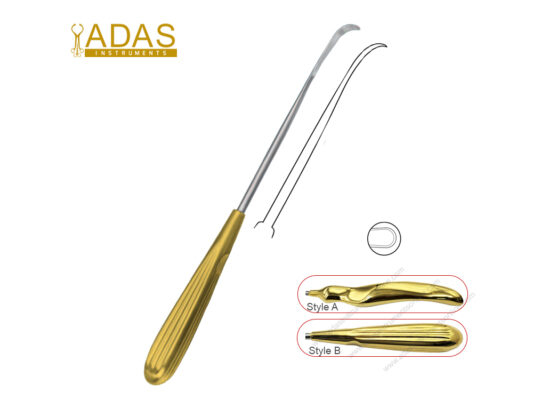
| Weight | 0.1 kg |
|---|

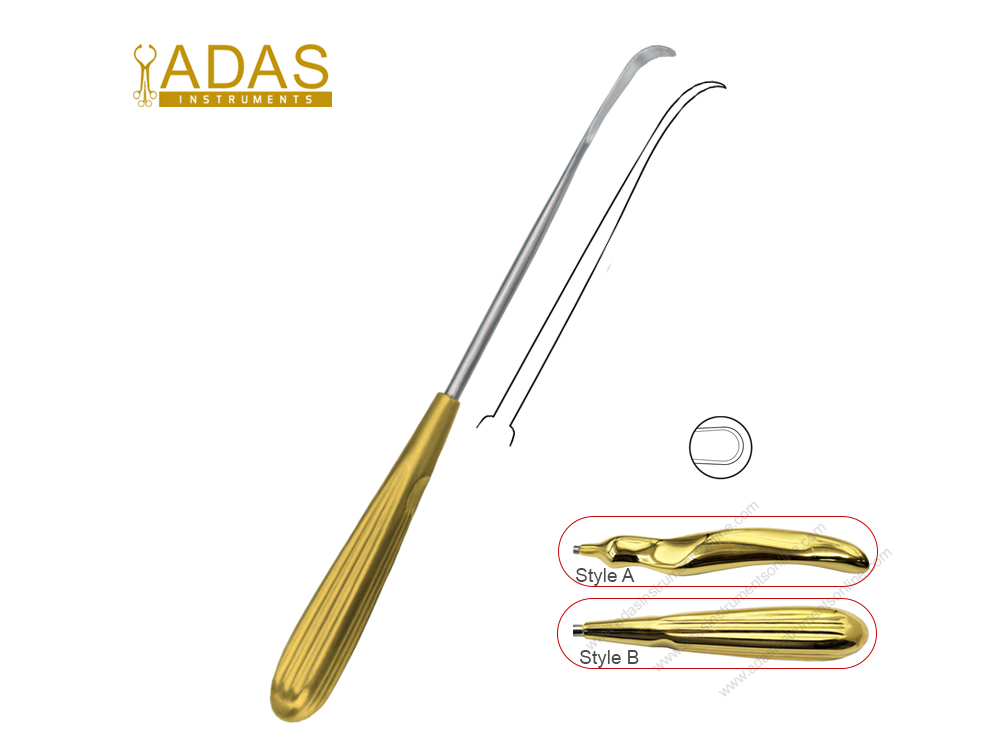
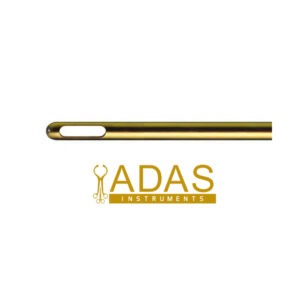

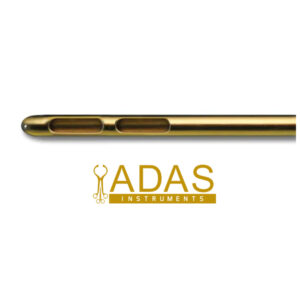

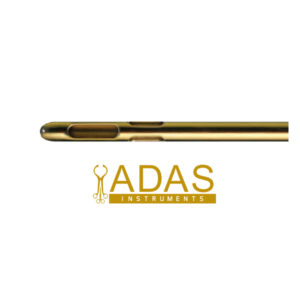

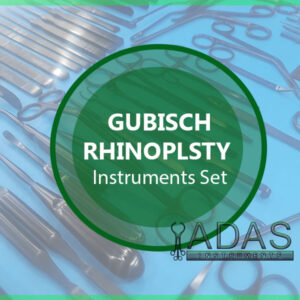
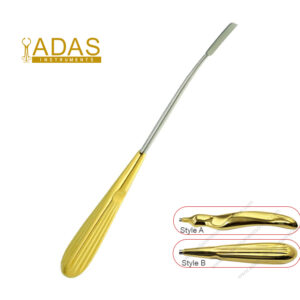
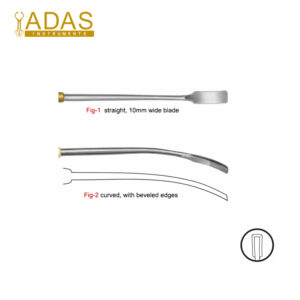



Reviews
There are no reviews yet.